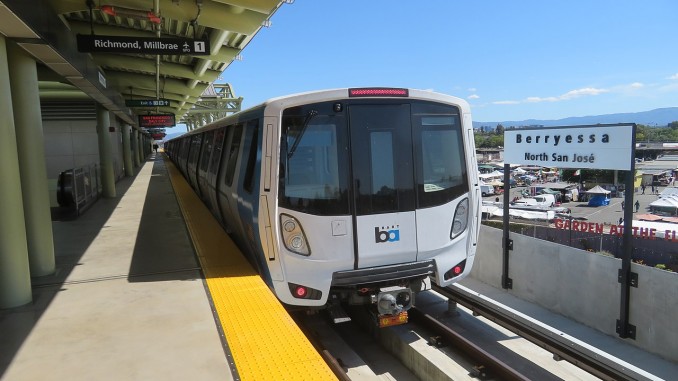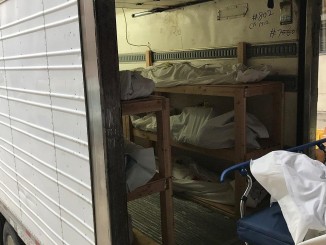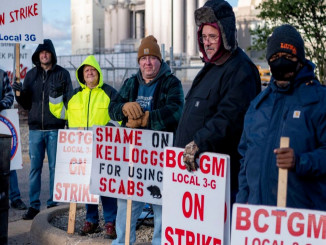
BART (Bay Area Rapid Transit) management is warning that without additional funding, BART will start plunging into debt at a rate of $48 million a year in 2024. The system depended on fare revenues before the pandemic for 60% of its budget. Currently ridership stands at only about 25% of its pre-pandemic level, which spells financial disaster for BART if there aren’t any changes to its funding model.
BART, like many other transit systems, is running on federal Covid money. More should be coming through new federal legislation which will provide some relief. But that’s not enough. Voters have passed bond measures in the past to help BART redirect public funds to invest into its aging infrastructure. But to expect that to happen again in this situation is a long shot.
And why are riders not coming back in larger numbers even though management is trying to lure them back? After all, more people are returning to work. That’s clear from looking at the traffic on the bridges and highways. But besides public health concerns, the trains are not as reliable as they have been in the past. BART is running more hours of operation with fewer cars, which means more maintenance and repair problems. On top of that, BART is down 50 Train Operators.
As the old saying goes, “This is no way to run a railroad.” Everyone knows that public transportation is a necessity if the Earth’s environment isn’t going to be destroyed by carbon emissions. And cars are a major source of this. So, why isn’t public transit a major priority and receiving more tax dollars? Could part of the answer be the three-letter industry lobby? The OIL industry! Reliable public transit means fewer cars on the road which would impact the profits and power of the oil industry, whom the federal government serves, as their own lobbyists proudly boast.




